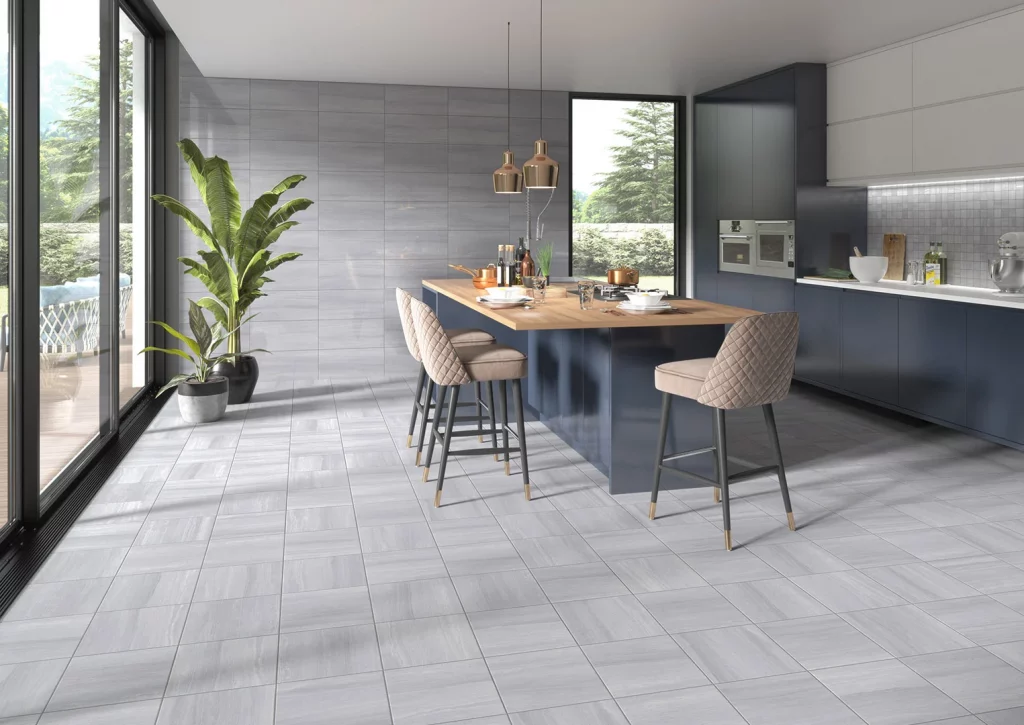Ceramic tiles are widely used across both residential and commercial homes. Whilst commercially they’re used for their durability and easy maintenance, they’re used in homes across the world because of their styles, designs, and capacity for artistry.
Spain is one of the largest producers in Europe when it comes to ceramic tiles. Exporting to the UK, France, US, Italy, Saudi Arabia, and most of the world, product innovations are at the forefront of global artistic tiling.
Companies like MindTile are a showcase of modern developments in Spanish ceramic tiles. The wide variety of styles is something to behold, being versatile enough to match almost any home’s interior design motif. From contemporary ceramics and stone to industrial metals – or traditional Spanish patterns – it’s no wonder that ceramic tile design is so quick to adapt to modern home trends.

Spain are specialists in producing glazed, porcelain, and scratch-free ceramic. These are common for flooring because of their water, dust, hair, and pollen resistance, and will last decades if maintained correctly. However, much of Spain’s exported tiles are for walls too, because of the ambience they can create – whether it’s a high moisture environment or a living room.
Of course, it may initially sound odd to have ceramic tiles on the walls of a bedroom or living room, but it isn’t odd when the chameleon tiles can produce a wood finish, for example, with wooden knots and natural-looking markings.
Around 90% of Spanish ceramic tiles are made in the Castellón cluster, which is a relatively small Eastern region in Spain just above Valencia. Around three-quarters of Spain’s turnover from ceramic tiles is from exports, making it a hugely important part of the economy. In fact, they sold to 188 countries, which amounted to over €2.8 billion euros in 2019 alone. Not just economy, but culturally, as they have a big impact on interior design choices around the world from the ceramic tiles they produce.

Furthermore, around 16,100 people work in the ceramic tile sector in Spain, which is a lot given it’s a specific product. The sector itself is continuously growing, with consecutive yearly growth from 2014 to 2018. In 2018, Spain produced 530 million square meters of ceramic tiles, an incredibly large mass. Plus, exports have more than doubled from 2015 to 2018 in just three years, showing that Spain’s global presence in this sector is growing from strength to strength.
With interior design trends moving away from tradition and towards more alternative styles, particularly due to minimalist and alternative living movements, ceramic tiles fit the bill for the direction we are heading. Rustic, chic, earthy, minimalist, industrial… Whatever the aesthetic, ceramic tiles seem to be able to adapt. Plus, with global warming occurring, many countries will turn to cooler materials to fit in their homes. Even just a rise in temperature by a few degrees can make certain flooring, like carpet, very inconvenient. DIY, garden offices, and tiny homes are all trends that greatly benefit from the practicality benefits of such tiles.






